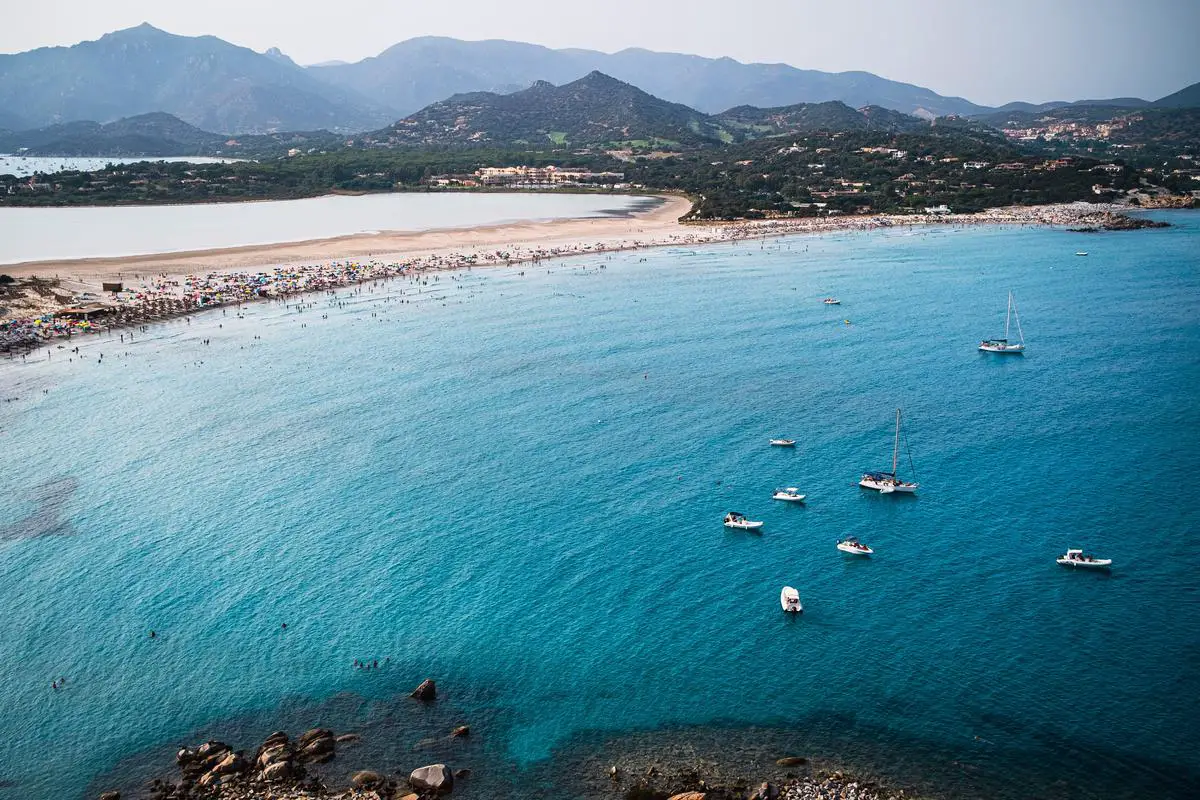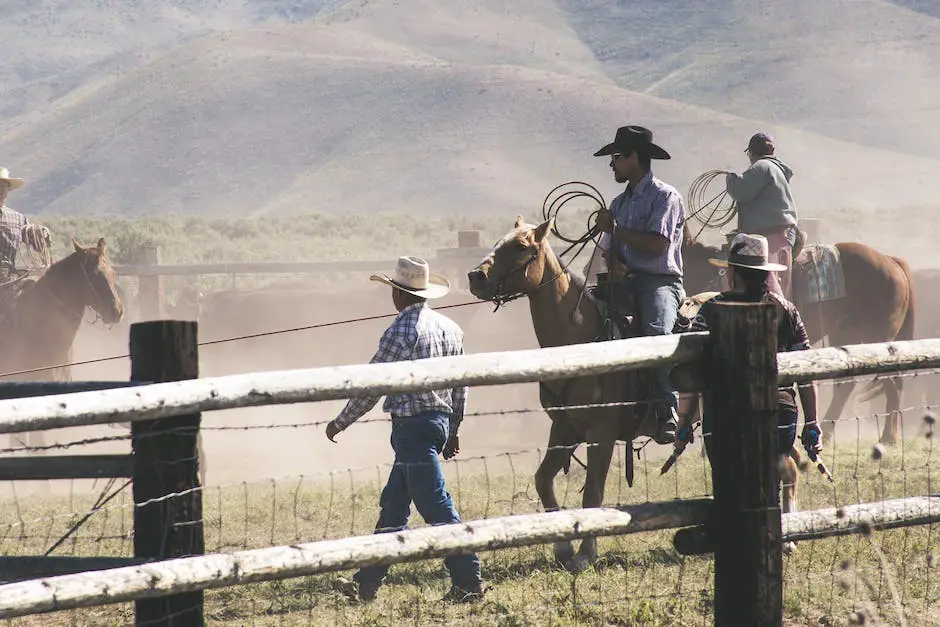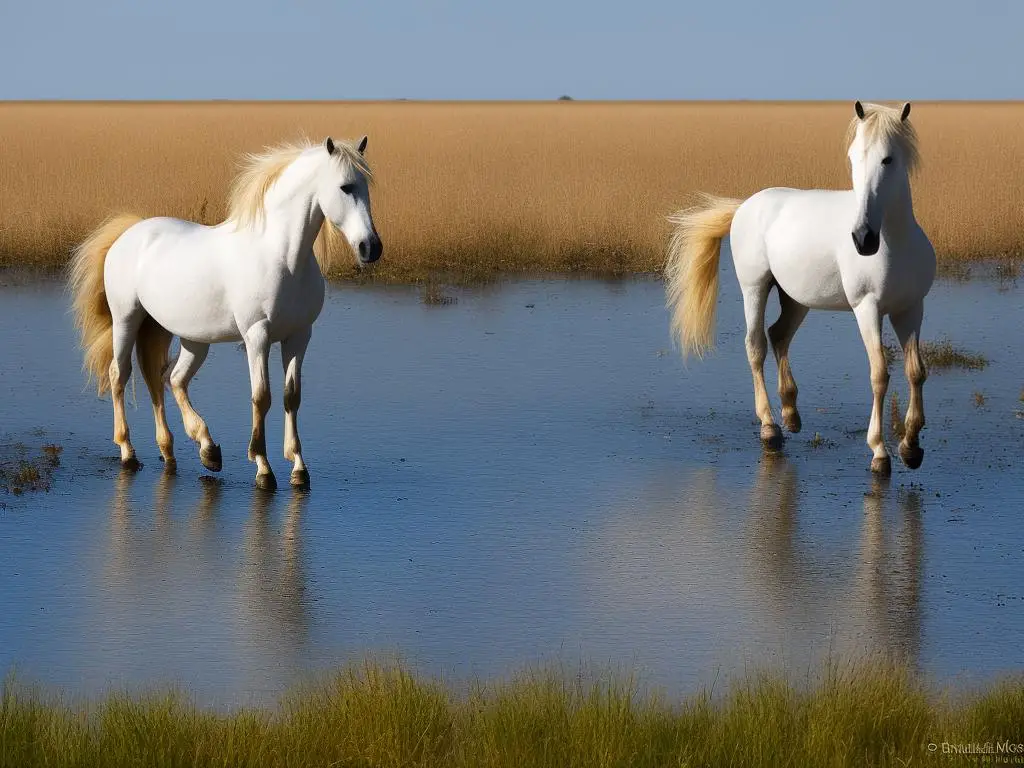The Camargue horse, nurtured by age-old traditions and the wild landscapes of Southern France, possesses an undeniably captivating charm that has resonated with horse enthusiasts all around the globe. Deeply woven into their native region’s cultural tapestry, these equine marvels carry a narrative awash in historical richness, rife with tales of survival and adaptation. Their lineage, tracing back to prehistoric times, provides an intriguing glimpse into the evolution of equine breeds. Deviating beyond their profound history, Camargue horses’ unique physical characteristics – honed by their marshy habitats – mirror the resilience and strength this breed embodies.
Table of Contents (Horspedia)
Origin and History of Camargue Horses
Camargue Horses: An Ancient European Breed With a Rich Lineage
The Camargue horse breed originates from the Camargue area in southern France. This rugged breed has lived in the region for centuries, even millennia, by some accounts. Known for their versatility and resilience, Camargue horses have been adapted to the harsh, marshy landscapes of the Rhone delta.
Evolutionary Adaptations: A Survival Story etched in Genes
Camargue horses show remarkable evolutionary adaptations which set them apart from other breeds. One of their most distinguishing features is their compact size, with adult horses usually standing around 1.35 meters high. This stature is ideal for navigating the swampy, oft-inundated terrain of their native Camargue region.
Their uniformly grey coat is another evolutionary expression designed for survival. This coloration helps these horses blend into their misty marshland surroundings, providing a natural defense against predators. The breed’s adaptation extends to their robust hooves, which are much broader than those of other breeds, offering them stability on the uneven wetland terrain.
Survival and Development Over Time: The Story of Camargue Horses
Despite their relatively small size, Camargue horses are strong, hardy, and well-suited to their marshy environment. They owe their survival to their sheer adaptability and endurance, qualities honed by centuries of living in the harsh Camargue conditions.
Historically, the primary use of Camargue horses has been in herding the semi-wild black bulls that live in the region for meat production. The agility, speed, and intelligence of these horses make them an excellent choice for this work.
Their impressive ability to survive and thrive in challenging conditions has endeared them to the people of the region. Over time, the horses have become a symbol of the Camargue, celebrated in local folklore and cultural ceremonies. The people of the Camargue have always been careful to maintain the breed’s purity, avoiding crossbreeding to preserve their unique characteristics.
With guided conservation efforts, these horses continue to play a key role in maintaining the biodiversity of the Camargue region. They help manage vegetation in the area, promoting plant diversity and providing habitats for various wildlife species.
Preservation of Unique Heritage: The Current Status of Camargue Horses
In recent times, the French government has recognized the Camargue horse as one of the oldest and most unique breeds in the world. The breed has since been declared and protected as a national heritage. This distinction has spurred a collective movement to maintain the Camargue horses in their native environment and to avoid any further genetic dilution.
These days, Camargue horses still perform their traditional duties in bull farming and participate in assorted equestrian events owing to their nimbleness and intelligence. The calm and poised temperament of these horses draws a large crowd of tourists to the Camargue region. The age-old fortitude of these horses combined with ongoing conservation efforts ensures that this ancient breed will continue to traverse the Camargue marshlands for many more generations.

Photo by dimitry_b on Unsplash
Physical Characteristics and Traits of Camargue Horses
Physical Attributes and Unique Qualities of Camargue Horses
The Camargue horses, known for their endurance, agility, and tenacity, are a unique and ancient breed originating from the wild marshes of the Camargue region in southern France. With their exceptional features, they captivate a unique charm.
A distinct physical characteristic of Camargue horses is their coat color. Usually born dark, either black or brown, they gradually lighten over several years to a pale gray or white as they age; this transformation usually completes between four to five years old.
As far as size is concerned, Camargue horses could be classified between a large pony and a small horse; they stand typically between 13.2 and 14 hands. Their hefty bone density and balanced physique allow them to comfortably bear an adult despite their seemingly small size.
The breed presents a broad and clear-cut head, with expressive and intelligent dark eyes. With a short neck, deep chest, sturdy hindquarters, and robust legs, they exhibit strength and vigor. Their lavish and lengthy manes and tails further contribute to their aesthetic allure.
Camargue horses are known for their longevity. With optimum care, a Camargue horse can live up to 25 to 30 years, sometimes even longer.
Characteristics and Temperament of Camargue Horses
The Camargue horse, despite its rugged exterior, embodies calmness and gentility. They’re characterized by their tranquil demeanor, friendliness, and they often exhibit a level of patience and tolerance that is rare in other breeds.
Renowned for their intelligence, these horses demonstrate a unique aptitude for problem-solving and quick learning, making them ideal for a range of tasks and activities. Traditionally, they are famed for herding wild bulls gracefully in swampy terrains with their agility and quick reflexes, courtesy of their high intellect. Currently, they stand out in trail riding, dressage contests, and they also shine in equestrian games due to their easily noticeable physical prowess.
Camargue horses are hardy by nature and capable of adapting to varied conditions. They are hardly troubled by extreme weather changes, be it freezing winters or scorching summers. Masters of survival, they possess an instinctual ability to fend for themselves in marshy and wetland habitats, often seen roaming semi-wild in their native regions.
All in all, the physical attributes and temperament of the Camargue horse encapsulate its extraordinary adaptation to the demanding landscape of its natural habitat. They are celebrated not only for their mature, frosty white coats but also for their remarkable resilience, intelligence, and friendly temperaments, things that set them apart as a truly wonderful breed of horses.

Camargue Horses in Culture and Popularity
The Cultural Importance of Camargue Horses
Camargue horses hail from the Camargue region in the southern parts of France, and they are highly valued for their endurance, agility, and cleverness in challenging surroundings. This breed has long been entwined in the local culture where they are a constant presence in many age-old customs, festivities, and lore.
Their significance can be traced back to the time of the Romans, who regularly used them in warfare and were often captured in picturesque cave paintings in provincial settings. Fast forward a few centuries, and these majestic creatures became the chosen steeds for the Gardians, the traditional cowboys of Camargue experienced in cattle farming. The ubiquitous images of these horses can be seen engraved on the facades of ancient structures, depicted in paintings, and various other art forms throughout France.
Camargue Horses in Traditions and Events
In Camargue, traditions around these horses are still alive and well. For instance, every year on the 1st of May, a festival known as “Fête des Gardians” takes place, where the gardians parade through the streets of Saintes-Maries-de-la-Mer on their Camargue horses. Similarly, the “Abrivado” – an event where young bulls are escorted from their pastures to the local bullring by the gardians on horses, is eagerly awaited by locals and tourists alike.
Apart from such cultural events, Camargue horses also play a key role in the region’s “Course Camarguaise”. This is a traditional bloodless bullfight where participants aim to pluck a rosette from the bull’s head, and Camargue horses prove to be invaluable.
Camargue Horses in Media and Sports
With their unmistakable white coats and resilient nature, Camargue horses have caught the eyes of filmmakers, photographers, and artists worldwide. They have starred in numerous films and television series, often as the mount of a hero in epic tales, thanks to their grand appearance and hardy constitution.
These horses have also made their mark in the sporting world. In equine endurance events, where the horse’s stamina is put to test, the Camargue has shown exceptional performance, putting forth their remarkable endurance and weather-resistant qualities inherited from their wild ancestors.
Popularity and Influence in the Equine World
The Camargue breed, despite strictly being a part of France’s heritage, has amassed a following of equine enthusiasts worldwide. The reason being their unique characteristics; apart from their distinctive appearance, these horses are renowned for their calm, docile temperament and toughness, making them highly sought after by trail riders.
Their influence is so profound that various associations have been founded worldwide dedicated to these horses, such as the Australian Camargue Horse Society and the British Camargue Society.
In conclusion, the Camargue horses from southern France have notable impacts on global culture, media, sports, and events. These horses are deeply loved globally due to their unique traits and captivating charm. The blend of their strength, elegance, and spirited nature is truly mesmerizing in the equine world.

Conservation and Future of Camargue Horses
Understanding the Current Status of the Camargue Horse Breed
The Camargue horse, indigenous to the salt marshes of the Camargue in southern France, is one of the oldest and most highly regarded horse breeds globally. Renowned for their agility, hardiness, and adaptability in harsh conditions, these horses maintain a stable and robust population. The breed is duly classified as ‘not at risk’ by the French National Stud, also known as the Agence Francaise du Sang (AFS).
Potential Threats to the Breed
The primary threat to the Camargue horse is habitat loss. As the Camargue region becomes more industrialized and urbanized, there’s less marshland for the horses to roam freely. In addition, climate change is causing sea levels to rise in the area, which may submerge parts of the Camargue region permanently and destroy the natural habitat of these horses.
Inbreeding is also a potential threat. The relative isolation of the breed has helped preserve its unique traits over centuries, but it has also led to a small gene pool. Although there are currently no indications of genetic problems in the breed, inbreeding could potentially lead to hereditary health issues in the future.
There’s also the risk of human intervention. The breed’s purity could be affected if breeders decide to crossbreed Camargue horses with other breeds to create horses better suited for specific competitive disciplines.
Conservation Efforts
Several organizations in France are committed to preserving the Camargue horse. The French National Stud (AFS) monitors the population, sets breeding standards, and promotes the breed nationally and internationally. There’s also the National Association of Breeders and Users of Camargue Horses (ANPCC) which focuses on maintaining the breed’s purity and traditional characteristics.
The Camargue Regional Nature Park has been instrumental in the conservation efforts as well. The park provides a protected environment for the horses to live freely.
The Future of Camargue Horses
The future looks promising for the Camargue horses given the current conservation efforts. The existing initiatives are aimed at addressing potential threats and ensuring long-term survival of the breed.
The French National Stud has implemented a studbook that ensures only purebred Camargue horses are registered and bred. This studbook is helping ensure that the breed’s unique characteristics are being preserved.
In the face of climate change, efforts are underway to restore marshlands and preserve the Camargue’s unique ecosystem to ensure the survival of the horses. There are also ongoing research efforts led by geneticists and scientists to monitor the genetic health of the breed and ensure its continued well-being.
In summary, while there are potential threats to the Camargue horse, numerous measures are in place to protect and preserve this unique and valued breed. The continuous work of breeders, conservationists, and local authorities provides hope for the longevity of the Camargue horse, preserving their heritage for future generations.

As we marvel at the centuries-old resilience of the Camargue horses, understanding the importance of their preservation becomes significantly more critical. The realities of rapid environmental changes and other potential threats bring to light the collective responsibility we bear towards the safeguarding of this rare breed. However, even amid uncertainty, numerous conservation efforts and initiatives are fueling the hope for a future where these equine treasures continue to roam freely in their native marshlands. In essence, the story of Camargue horses is a testament to the enduring bond between nature and culture, a tale that compels us to appreciate their historical significance and engage in their continued survival.
